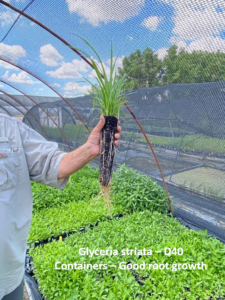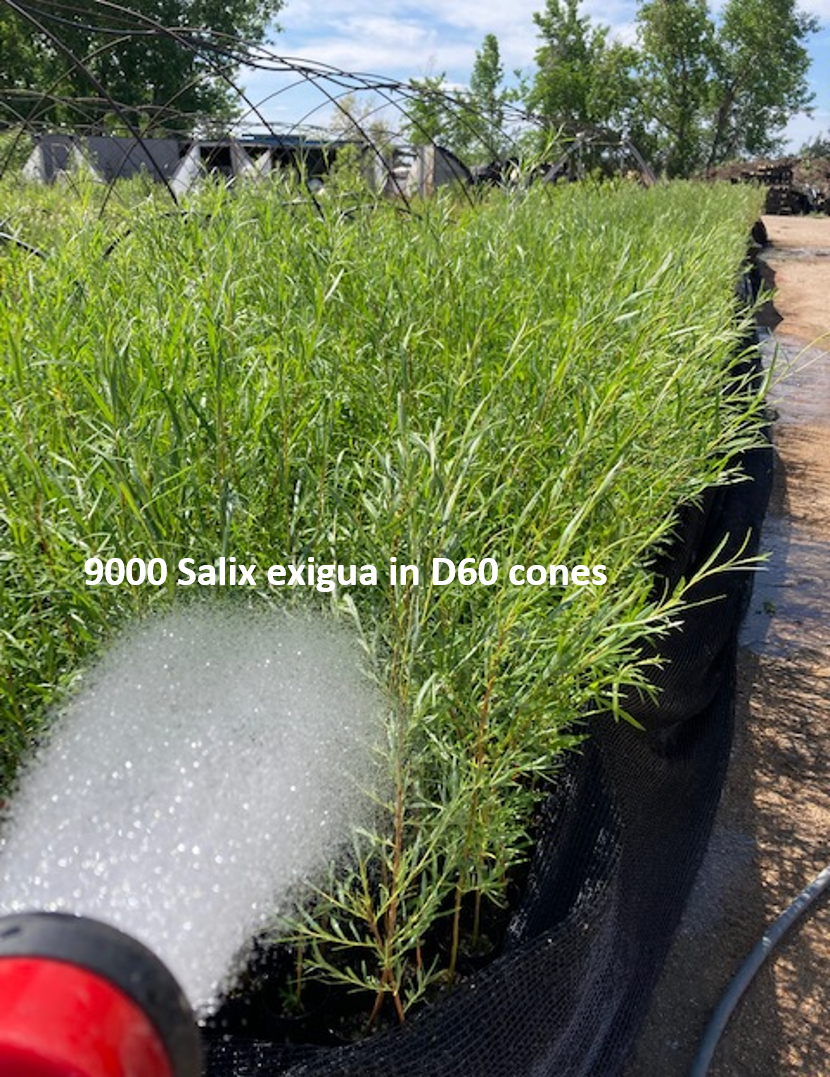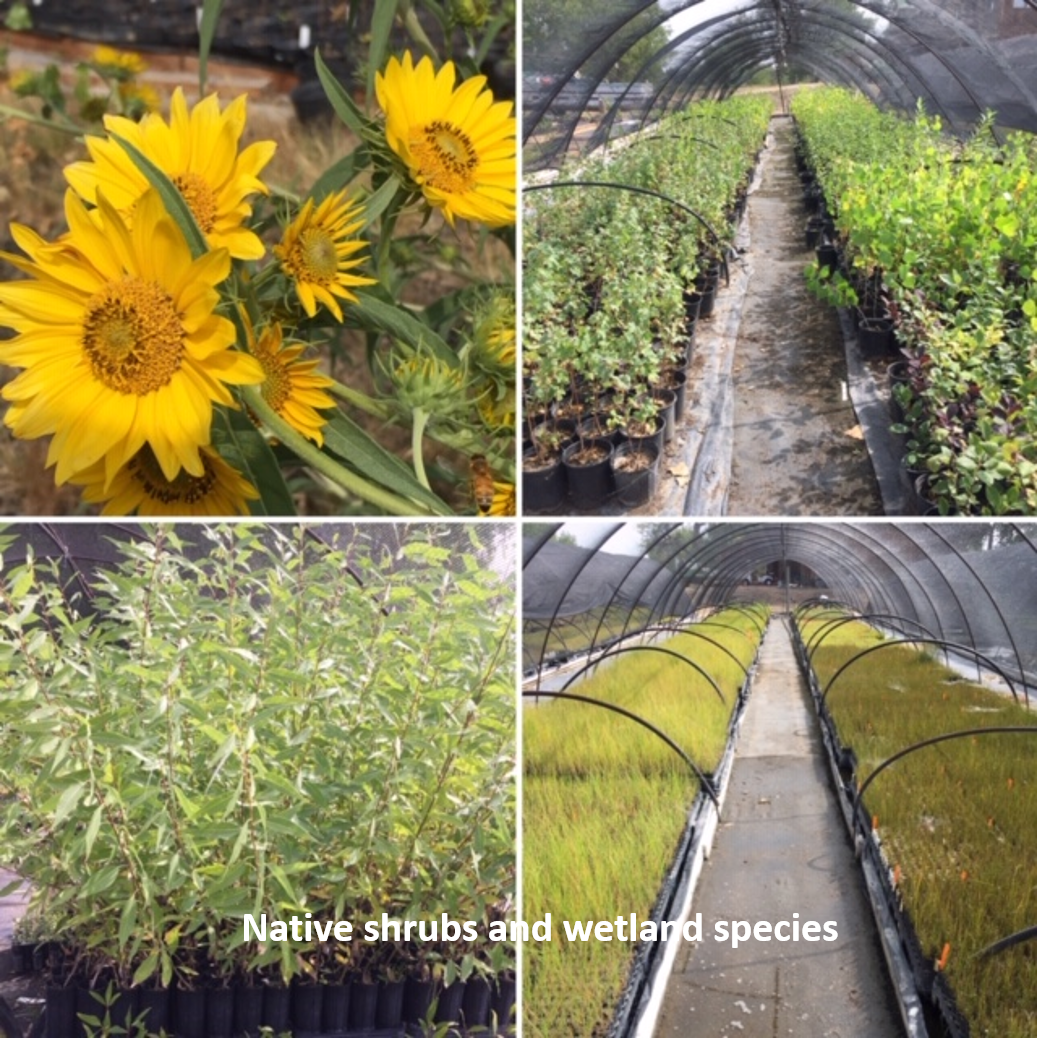
Aquatic and Wetland Nursery
9999 Weld County Rd 25
Fort Lupton, CO 80621
303-442-4766
http://www.aquaticandwetlandnursery.com
What are the roots of the company?
We evolved from Aquatic and Wetland Company (AWC) that was started in 1986 by my father-in-law, Dr. J. T. Windell. In 1988, AWC formed a construction division which my husband and I headed up and in 1990 a nursery division was added. In 2006, Dr. Windell resigned and the company downsized to focus on the nursery division. In 2010, I bought the nursery division, making it a woman-owned company that is still going strong today.


What are your primary products and markets?
Our niche focuses on any number of native wetland and riparian species that are specified by designers and water resource engineers. That includes sedges, rushes, willows, cottonwoods and other native shrubs. Since the floods in 2013, ecological restoration projects have become a major driver of our business. Over the years we’ve developed good relationships with many state and federal agencies, municipalities and watershed alliance organizations. They know that we can grow the plants they specify and value our expertise. Many times, our company name will be written into the project specifications as a suggested supplier for native plants.
What special considerations are required for these plants?
Perhaps the biggest difference between growing our plants and typical horticulture plants is the longer stratification and germination times. Native wetland and riparian seeds may require 90 – 120 days to stratify and this necessitates good planning for growing and delivering the plants on time. To make sure our plants are well adapted, they overwinter under our 34 hoop houses, covered with white poly and are hardened off, and remain dormant through the winter. Typically, our plants also require greater amounts of water at certain stages of their growth. Finally, we engage in a fair amount of contract growing and because of our relationships with our clients, they are aware of the lead times that it takes. In one case, after properly educating the designer, the project finally went out to bid 5 years later, and we were the awardee, and were given 12 months to fulfill the order.


How have your growing practices changed over the years?
One change is that we’ve gone to deeper containers that improve survival rates. Recently we’ve embarked on growing some upland native grass species as plugs to augment native seeding projects. The plugs help establish the grasses more quickly and gives the client satisfaction in seeing results right away. We have seen an increase in demand for our upland native shrubs such as Ericameria nauseosus/Rubber Rabbitbrush, Atriplex canescens/Fourwing Saltbush as well as Ribes cereum/Wax Currant.
What does a typical project that uses your plants look like?
A typcial contract grow may include the growing of 15,000 to 75,000 wetland and grass plugs and 600 – 2,500 native shrubs and trees.
How does being a member benefit your company?
Being a CNGA member is very helpful to us. I really feel that CNGA has our back, especially when you look at all the legislative effort CNGA spearheads to protect our best interests. I like the Safety Sense newsletter because it reminds me sometimes of the little, but very important things that keep my staff safe. With CNGA, I have a good connection with the industry and feel somewhat empowered after attending an event like the Women In Horticulture luncheon – there was some really good energy there. It just feels good to be a member!








